Cookies help us to enhance your experience. By using the website for Adsum software, you consent to the gathering of data as set forth in our Cookie Policy.
Uber App Development – How to build uber like app for Transport Owner
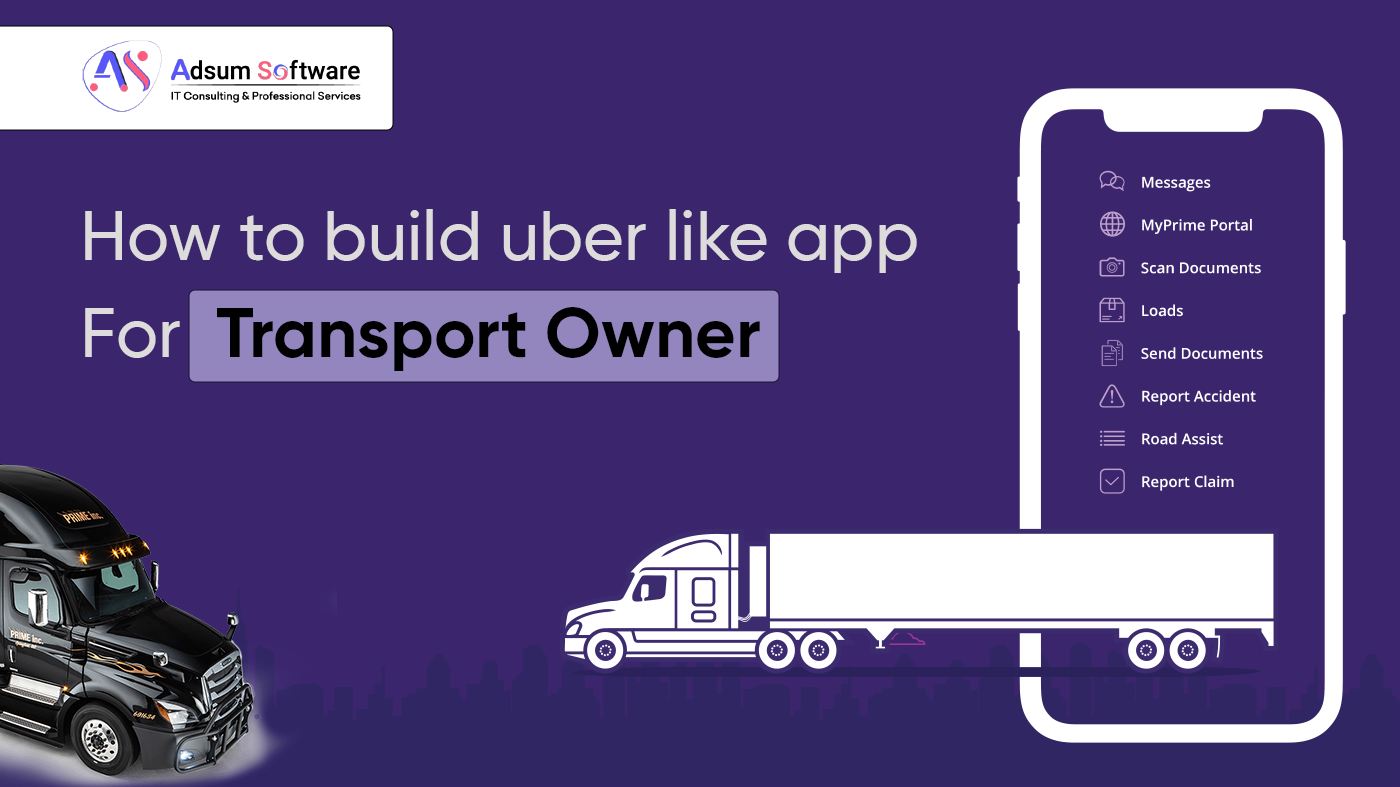
Got an idea to create an app like Uber?
But wondering, how to kickstart your online taxi booking app in the ride-sharing market, then you are at the right place.
To build an app like Uber or Ola, understanding the app development model and technology alone is not sufficient. It is essential to conduct a thorough market analysis of the ride-sharing industry before starting or outsourcing the Uber app development process.
The global market for Uber-like apps, or we can say the ride-hailing market, is mushrooming everywhere. A report from Research And Markets states that the global ride-hailing market was valued at $36.9 billion in 2019 and is projected to grow at a CAGR of 16.9% from 2020 to 2025.
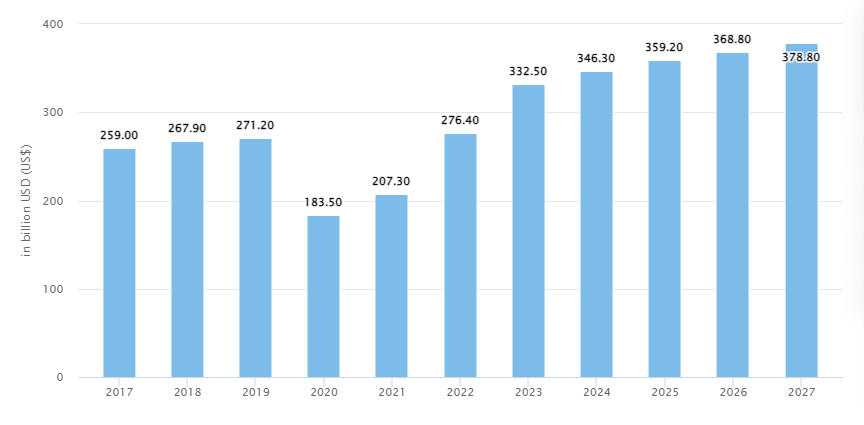
This means, launching a new ride-sharing app is a timely decision, but to stand out in this competitive market, it’s essential that uber app development should be in the correct manner for which we provide you a solution that caters to the saturated market’s needs.
So without further ado, let’s dive into the nitty-gritties of Uber-like app development business by reviewing the following steps:
Table of Contents
Step 1: Define target markets to start an app like Uber
An app like Uber can target individuals without personal vehicles or those who prefer not to use them, including urban dwellers, students and frequent travelers. It can also appeal to cost-conscious consumers looking for affordable options and cater to specific segments such as business travelers, elderly or disabled population.
The target market can also be expanded to include those who prefer eco-friendly transportation options such as electric or hybrid vehicles.
The market for taxi apps like Uber is growing due to increased smartphone usage, traffic congestion and demand for convenience, but faces challenges such as regulations, competition, and safety concerns.
Despite this, the market of Uber App Development companies is expected to continue growing in the future, driven by consumer demand and technological advancements like autonomous vehicles and blockchain. If you’re considering building apps similar to Uber, we will assist you with our professional help.

Step 2: From Request to Ride: How the apps like Uber Features Facilitate Transportation
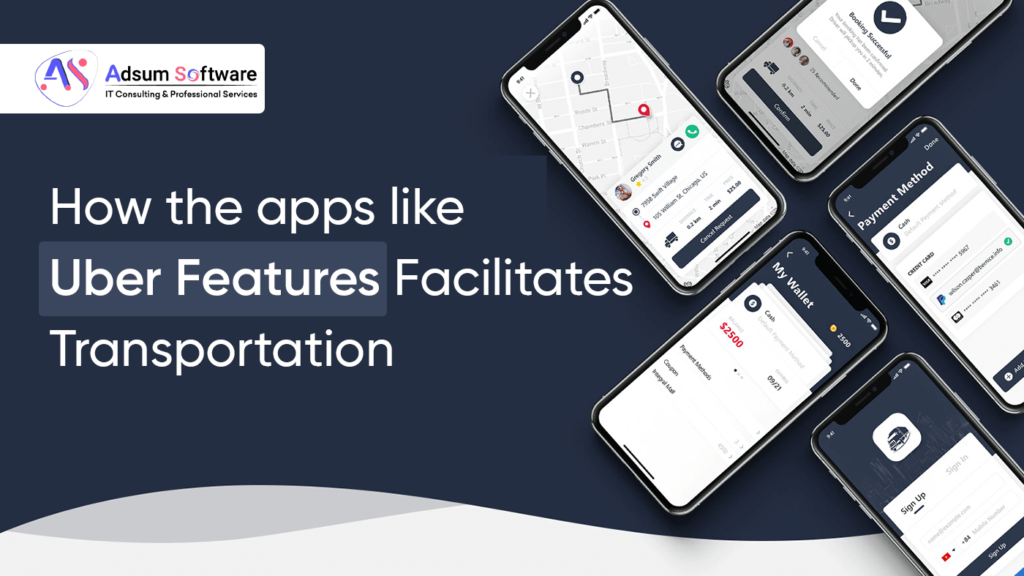
The apps like Uber is a ride-hailing platform that simplifies the process of requesting and taking a ride. Our well-developed apps connects passengers with nearby drivers, allowing users to request a ride with just a few taps on their smartphone.
- Request a ride: To request a ride, users simply open the app, input their destination, and tap the “request” button. The app then uses GPS to locate nearby drivers, and the passenger is able to see the driver’s name, photo, and vehicle information before the driver arrives.
- Driver acceptance: Once a driver accepts the ride request, the passenger can track the driver’s location in real-time using the app. The passenger is also provided with the driver’s contact information and vehicle information for added security.
- Fare calculation: The fare for the ride is calculated based on the distance traveled, time taken and the type of vehicle and is automatically charged to the passenger’s payment method on file.
- Rate the driver: After the ride is complete, the passenger can rate their driver and leave feedback. The app also keeps a record of all past trips for the passenger’s reference.
- Additional Services: Uber also offers different ride options like UberPOOL, where passengers can share the ride with other passengers going in the same direction to save cost, and other services like Uber Eats, Uber for Business, Uber for Healthcare, etc.
By streamlining the process of requesting and taking a ride, the Uber app makes transportation more convenient and accessible for users. With its easy-to-use interface and real-time tracking, our uber app development puts the power of transportation in the palm of your hand.
Step 3: Features to include in Uber app development
We implement the features to create an app like Uber, includes –
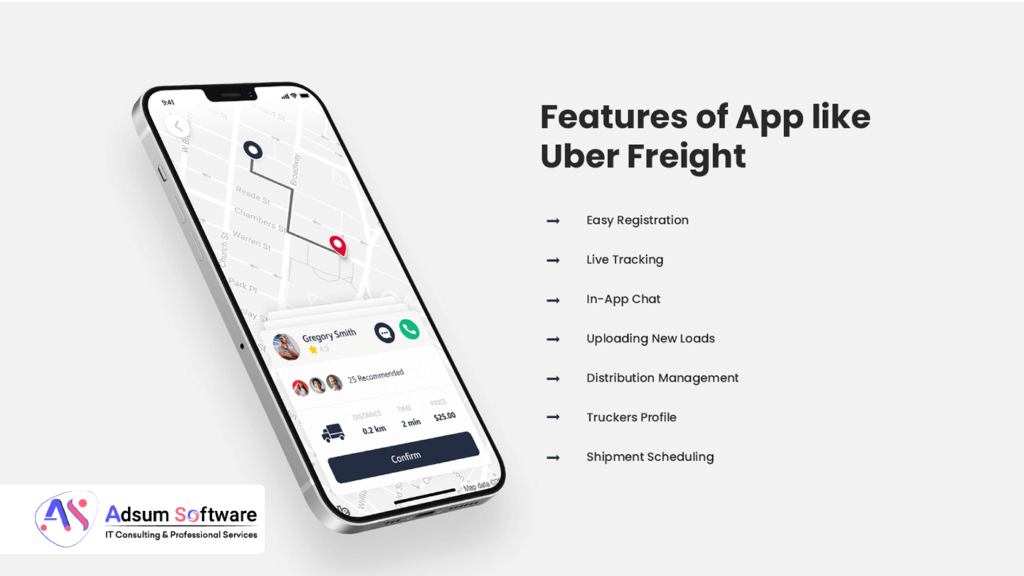
For Riders:
- GPS-based location tracking: Allows passengers to track the driver’s location in real time, and also allows drivers to track the passenger’s location for pick up.
- Payment integration: Accept and process various types of payments like credit/debit cards, online wallets, and cash.
- Push notifications: Send push notifications to the user regarding their ride status and other important information.
- Fare estimation: In-built fare calculator which can estimate the fare based on the distance and time of the ride.
- Schedule a ride: Users should be able to schedule a ride in advance, rather than requesting one immediately.
- Different vehicle options: Different types of vehicles like Sedans, SUVs, and luxury cars to cater to the different needs and budget of the customers.
- Driver and passenger profiles: Profile for both drivers and passengers, which can be used for identification and security purposes.
- In-app messaging: Allow passengers and drivers to communicate with each other.
- Multi-language support: Support multiple languages to cater to the diverse population of riders.
- Safety Features: Emergency contact, share-ride-status, in-app emergency button, and driver rating to ensure the safety of the riders.
For Drivers:
- GPS-based location tracking: Allows drivers to track the passenger’s location for pick up.
- Accept and decline ride request: Allow drivers to accept or decline ride requests based on their availability.
- Driver rating system: Allow drivers to see their ratings from the passengers and improve their service accordingly.
- In-app messaging: Allow drivers to communicate with the passengers.
- Trip history: Allows drivers to view their trip history, earnings, and ratings.
- Online/offline toggle: Allow drivers to toggle between online and offline status based on their availability.
- Navigation: Provide drivers with turn-by-turn navigation to reach the passenger’s location.
- Earnings: Allow drivers to view their earnings in real-time.
- Vehicle information: Allow drivers to provide information about their vehicle like a model, registration number, etc.
For Admin:
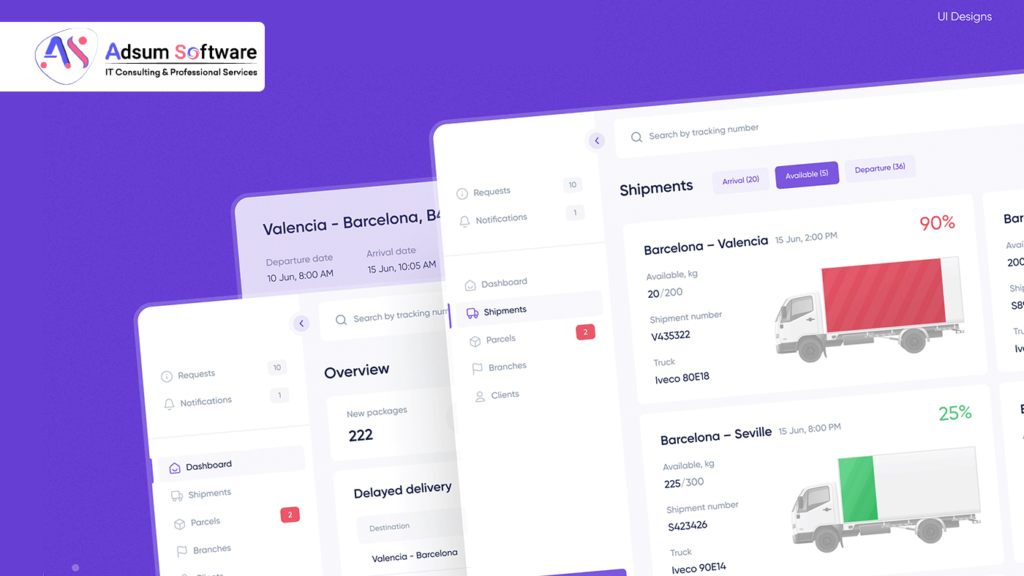
- Dashboard: A centralized dashboard to monitor the entire system.
- User management: Manage and monitor the riders, drivers, and additional services users.
- Payment management: Monitor and manage payments, transactions, and revenue.
- Dispute resolution: Handle and resolve disputes between riders, drivers, and additional services users.
- Reports: Generate reports on the number of rides, revenue, and user activity.
- Driver and vehicle management: Approve, reject, and manage drivers and vehicles.
- Promotions and discounts: Create and manage promotions and discounts for riders and drivers.
- Pricing management: Set prices for different ride options and additional services.
- Feedback management: Monitor and respond to feedback from riders, drivers, and additional services users.
- Fraud detection: Implement fraud detection measures to detect and prevent fraudulent activities.

Step 4: Business models for apps similar to Uber
Cab aggregators, such as Uber, Lyft, and Curb, are well-known taxi booking platforms that partner with cab operators to provide rides on demand. These platforms typically use a pay-for-performance revenue model, earning a commission from cab operators for each sale and charging operators a fee for access to the technology platform.
The major types of business model are –
Aggregator Model
With the aggregator model, customers contact booking system providers to get a cab. The booking system provider contacts taxi operators or car owners, who then assign a cab to the customer.
Ownership Model
Smartphone taxi app like Uber has become the most popular business model for taxis nowadays. Customers can use the app to book a cab for their trips, and riders can then enjoy a convenient taxi service after a taxi operator or car owner contacts them.
Revenue Generation Model
Once app completes, Uber-like app businesses can use the following methods to generate constant revenue:
- Offering luxury vehicle options
- Billing rides based on distance traveled
- Implementing increased pricing during high-demand times
- Imposing fees for schedule changes or delays
- Offering varying rates based on vehicle type
- Incorporating additional delivery services with additional charges.
You can choose one of the above business models or combine a few of them to start an app like Uber. Depending on your decision, you can monetize an Uber-like app in the following ways:
- Revenue generated from driver commissions per ride or revenue
- Fees charged to passengers for each trip
- Fines for canceled rides
Step 5: Technology stack to create an app like Uber
To create an app like Uber that runs on both iOS and Android, we will use a cross-platform development framework such as React Native or Flutter.
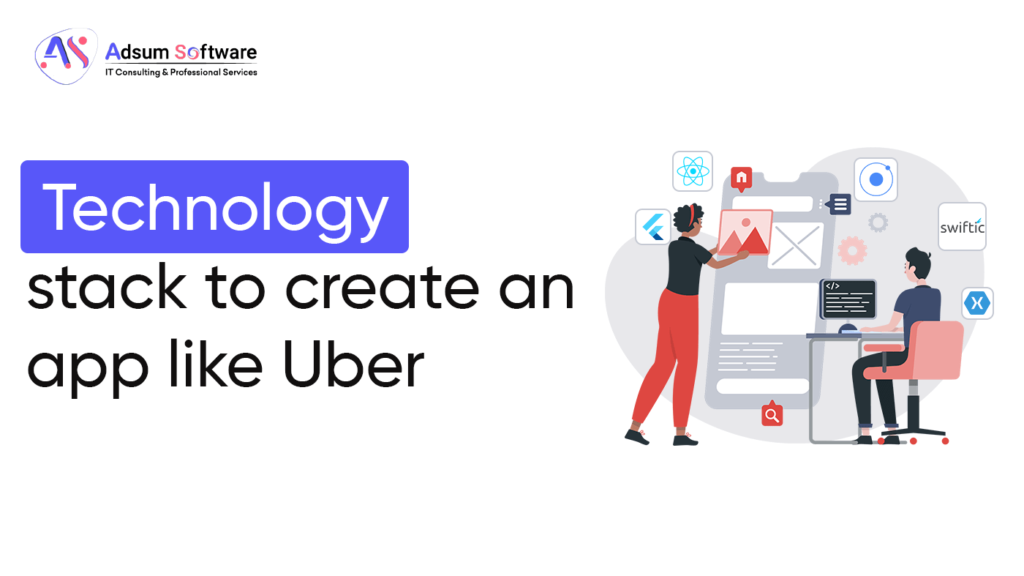
These frameworks allow you to write code once and deploy it to both iOS and Android platforms, reducing development time and cost to build an Uber-like app.
Here’s a list of some of the key technologies that we typically used:
| Technology | Purpose | Integration |
| Backend (Node.js, Ruby on Rails, PHP, or Python) | Handles the server-side logic and data storage | Connects to the database and handles API calls from the app |
| Database (MySQL, MongoDB, or Cassandra) | Stores and retrieves data such as user information, ride information, and payment information | Integrated with the backend to handle data storage and retrieval |
| Payment Gateway (Stripe, PayPal, or Braintree) | Handles in-app payments | Combined with the backend to process payments made through the app |
| Maps and Location Services (Google Maps, Mapbox, or OpenStreetMap) | Provides maps and location services to the app | Incorporated with the backend and frontend to provide location-based features such as finding the nearest driver or calculating the distance between two locations |
| Push Notifications (Firebase Cloud Messaging or OneSignal) | Sends push notifications to users | Integrated with the backend to send notifications such as ride requests or driver arrivals |
| Real-time Communication (WebSockets or Firebase Realtime Database) | Facilitates real-time communication between the app and drivers | Combined with the backend and frontend to allow for live tracking and status updates |
| Cross-platform development framework (React Native or Flutter) | Allows code to be written once and deployed on both iOS and Android platforms | Blend with the backend and frontend to provide a consistent user experience across both platforms |
| DevOps tools (Jenkins, Kubernetes, Docker) | Ensures scalability, monitoring and security of the application | Integrated with the backend and frontend to ensure the scalability, monitoring and security of the application. |
Step 6: Cost to build an app like Uber
Our cost to build an Uber-like app can vary greatly depending on several factors, such as the app’s complexity, the number of resources required for Uber App Development, and the experience of the developers.
Several factors influence the cost of development, such as:
- The location of the development team (e.g., US, Eastern Europe, India, etc.)
- The skills and experience of the development team
- The features and functionalities of the app
- The platform (iOS, Android, or both)
- UI/UX design and its complexity
- The use of third-party APIs and services
It is also important to note that the development cost is just one part of creating an app like Uber. There will also be ongoing hosting, maintenance, marketing, and legal costs.
It would be best to outsource Uber app development to us so that we can help you understand the Uber app development costs and timelines associated with building an app like Uber and also give you an accurate estimate of the costs based on the specific requirements and features of your app.

Step 7: How to make an app like Uber step-by-step
Creating a taxi app like Uber can be a complex process, but we follow a general step-by-step guide to assist you:
- Conduct Market Research: First, we work on understanding the market, the competition, and the legal requirements for the ride-hailing service in the targeted area.
- Define MVP: We identify the app’s core features and define the Minimum Viable Product (MVP). This will help keep the development costs low and focus on delivering the most important features first.
- Plan and Design: Our skilled team of designers and developers create a detailed plan for Uber like app development architecture and design, including the user interface and user experience (UI/UX).
- Develop the backend: We will handle the taxi app’s server-side logic and data storage.
- Develop the front end: Our experts work on developing the frontend of the app. We will enhance and handle the user interface and interactions effortlessly.
- Integrate with third-party services: We integrate the app with Uber app features such as maps and location services, payment gateway, push notifications, and real-time communication.
- Test and launch: Our testing team thoroughly does the testing part of the app to ensure that it is bug-free and ready for launch.
- Launch the app: Once all the modules of the Uber-like apps are approved by the testing team and from the client end, we launch the app on the App Store and Google Play Store and start promoting it to potential users.
- Monitor and Optimize: After that, we monitor the app’s performance and optimize it based on user feedback and analytics.
- Scale and expand: We will also scale the taxi app like uber to meet the growing demand and expand to new markets as needed per the client’s requirement.
Step 8: Best approaches to making money with Uber like app
There are several ways to monetize an Uber-like app, including:
- Implement surge pricing during peak hours and high-demand areas.
- Offer premium services such as luxury cars or carpooling options.
- Include delivery services as part of your business expansion.
- Form partnerships with businesses and offer corporate transportation solutions.
- Implement a referral program for riders to invite their friends and earn bonuses.
- Offer discounts and promotions to attract new users and retain existing ones.
- Optimize the app to have a better user experience and increase the retention rate
- Expand the service area to cover more locations and attract new customers.
- Implement an in-app advertising platform to monetize the app.
- Leverage data and analytics to identify growth opportunities and improve efficiency.
Ending Note
Thus, if you are a business owner seeking to develop an on-demand taxi app like Uber that best suits your needs and budget, get in touch with us. We develop, optimize, and upgrade the app with advanced features and promote existing business with mindfully designed marketing campaigns.

Frequently Asked Questions (FAQ)
How much does it cost to build an app like Uber?
Our cost for Uber App Development depends on the complexity of your solution. Reach us for a personalized quote based on your app’s specific requirements.
How to create an Uber-like app?
Being a Uber like app development company, we offer you a feature-rich, user-friendly Uber like app.
What technology stack do you use to make an Uber-like app?
We use a technology stack for Uber app development that includes React Native, Flutter, Python, Node.js, Java, etc. These two programming languages are now considered writing tools in C++.
Let’s create a measurable impact on your business.
LET’S TALK AND GET STARTEDWe love to hear the ideas of startups and flawlessly carry them out to establish them as a Brand.
We provide a FREE CONSULTATION for 60 minutes!
 Call
Call adsum.software
adsum.software

 Mobile App Development
Mobile App Development
 Android App Development
Android App Development
 iOS App Development
iOS App Development
 Web App Development
Web App Development
 UI/UX Design
UI/UX Design
 Dedicated Development Team
Dedicated Development Team

